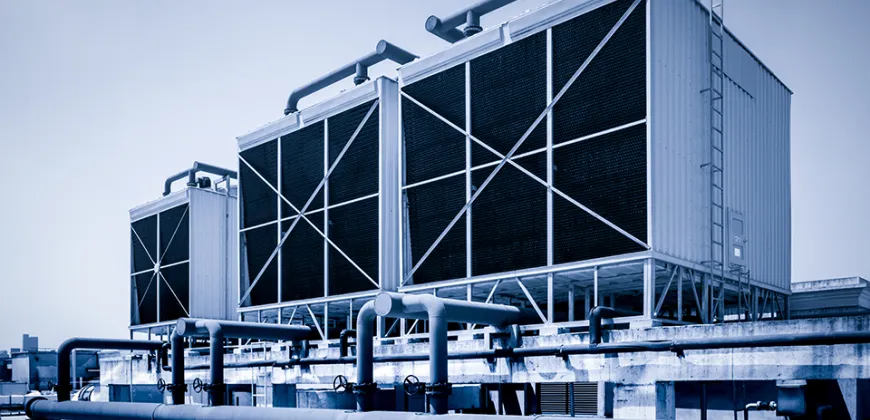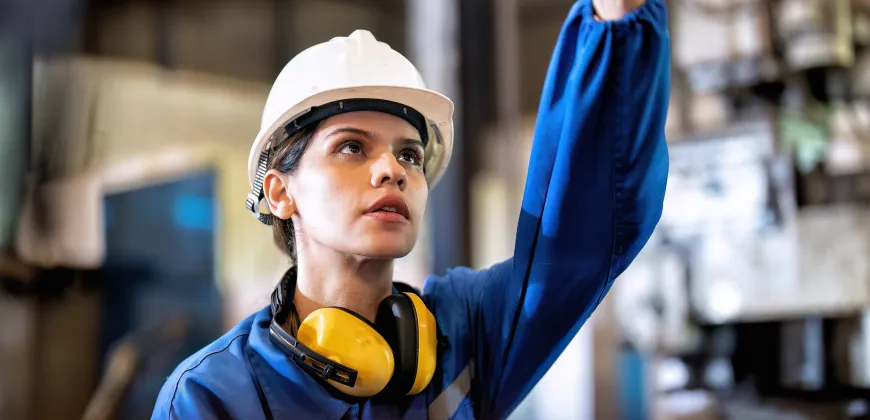In conversation with Alireza Bagherzadeh

Dr. Alireza Bagherzadeh is an Assistant Professor of Teaching in the Department of Chemical and Biological Engineering at UBC. Since 2017, he has taught Energy Systems Fundamentals, a first-term course in the Master of Engineering Leadership Clean Energy Engineering program.
Tell us about the course you teach.
We want to make sure our students have the knowledge of thermodynamics they need to analyze energy systems. The course I teach on Energy System Fundamentals is designed to do just that: students learn the fundamental principles of thermodynamics and are then asked to apply this knowledge to three different projects.
Our students come to this program having worked in industry for several years. For some, it may have been a while since they’ve been back in university and opened a textbook on thermodynamics! Others may be more familiar with these concepts.
Whatever level they are at, students soon become comfortable with the material, particularly when they have opportunities to apply these concepts to real-world situations.
What are some of the projects students work on in your course?
For their first project, students conduct an energy analysis of a diesel generation system for a remote community. In British Columbia, there are more than 40 remote communities that are not connected to the provincial electricity grid and that rely on diesel fuel for primary or back-up power generation.
Using real-world data on the energy requirements of the community over a one-year period, students calculate the thermal efficiency of the power generation cycle – calculating how much diesel is required to meet the community’s power needs. They also calculate the GHG emissions associated with burning that diesel.
For their second project, students look at bioenergy and the different types of biomass or precursor chemicals that can be used to make value-added chemicals. Students choose a biomass and conduct gasification calculations to determine what is required to convert it to methanol.
In the last module, we dive into exergy – the useful portion of energy. Students conduct analyses to calculate exergetic efficiency, which is the true measure of the efficiency of a system. They do an analysis of a geothermal power plant to calculate exergetic losses for the entire plant and each portion of the plant. The message here is that exergy analysis can provide excellent insight into the true performance of a system.
How do students benefit from the knowledge they gain in your course?
Knowing the fundamentals of thermodynamics is essential for working within the clean energy industry in a leadership role. For example, if you want to do any economic analysis on the system, you need to know how much energy is consumed and how much energy flows through the system.
Many students have told me that the knowledge and skills they’ve learned in energy analysis were very helpful in their capstone projects and some alumni in leadership roles in industry say they often refer to the tables at the end of their thermodynamics textbook!
What makes the MEL in Clean Energy Engineering stand out from other master’s degrees?
The main difference between the MEL and more standard master’s degrees in engineering is that students take a combination of technical engineering courses and business courses. This gives them a unique set of skills and training for working in the energy space. Our graduates understand energy systems not just from a theoretical and foundational point of view, but also as a business proposition. They know how to conduct economic analyses of engineering projects and they also have important perspectives on the role of policy and regulation on guiding the energy transition.
The business courses – which cover topics on organizational behaviour, leadership and sustainability – prepare our students for a wide range of responsibilities and leadership roles.
A highlight for many students is the capstone project, where they work with an industry partner over the last term of the program to help their industry partner resolve a specific issue or challenge. This enables students to apply the knowledge they’ve learned in the degree and gain tangible experience in an area that might be new to their professional practice.
Anything else you’d like to share?
It’s very rewarding to meet and work with the students who come into the program each year. They have a very broad range of experiences in many different industries. It’s wonderful to see how the students learn from each other and create personal and professional connections that last well beyond their graduation.


